




- BRNN
- BRI News
- BRNN News
- Database
Official Documents Polices and Regulations
Inter-government Documents International Cooperation BRI Countries
Business Guide Economic Data BRI Data
Trade
Investment Projects Latest projects
Cases - Content Pool
Busy border ports vividly showcase the vitality of China's foreign trade. As border trade policies for local residents continue to improve and technology advances, China's trade with neighboring countries is steadily expanding, opening up new opportunities and building greater momentum.
Fruit trade booms in Pingxiang, S China's Guangxi
Even before dawn, the China-ASEAN Fruit Trading Center in Pingxiang, a county-level city administered by Chongzuo in south China's Guangxi Zhuang Autonomous Region, is already bustling with activity.
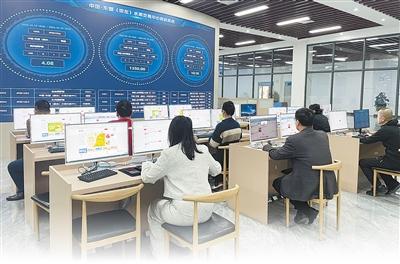
Photo shows a scene at the China-ASEAN Fruit Trading Center in Pingxiang, a county-level city under Chongzuo in south China's Guangxi Zhuang Autonomous Region. (Photo/An Xiaomi)
Huang Shuai, a fruit trader from north China's Hebei Province, inspects the quality of dragon fruits imported from Vietnam. Last year, he brought in over 200 truckloads of fruit from Vietnam and distributed them to the provinces of Guangdong, Hunan, and Hebei.
In recent years, Pingxiang has steadily promoted the digital transformation of the fruit trade. In 2023, an online trading platform was launched, bringing traditional transactions online and boosting cross-border e-commerce and livestreaming sales. According to official statistics, since the platform went live, Pingxiang has completed over 600,000 cross-border orders, with a total transaction value exceeding 18 billion yuan ($2.54 billion).
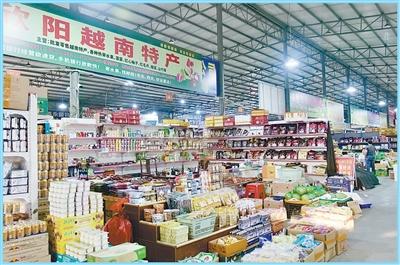
Photo shows a store selling specialty products from Vietnam at the China-ASEAN Fruit Trading Center in Pingxiang, a county-level city under Chongzuo in south China's Guangxi Zhuang Autonomous Region. (People's Daily/Pang Geping)
Huang Yankui, 70, is a border resident working in the fruit trade. She said that with the government allowing border residents a daily tax-free quota of 8,000 yuan, she is able to maintain a stable and comfortable living.
Lu Qianhai, a staff member at the border trade cooperative in Youyi town, Pingxiang, noted that many local residents rely on border trade for their livelihoods. To better support them, a cooperative model has been introduced, allowing villagers to participate in border trade. Currently, around 24,000 villagers are engaged in cross-border trade through this model.
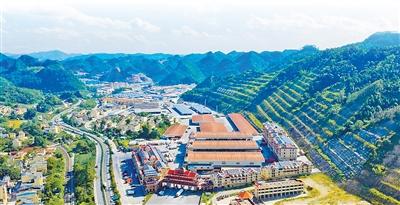
Photo shows an aerial view of the China-ASEAN Fruit Trading Center in Pingxiang, a county-level city under Chongzuo in south China's Guangxi Zhuang Autonomous Region. (Photo/Han Jiajun)
With the signing of the China-ASEAN Free Trade Area (CAFTA) 3.0 Upgrade Protocol, Pingxiang has opened up to broader development opportunities. Processing factories for durians, fresh coconuts, and other fruits have emerged, and the fruit industry is expanding beyond simple trade to include deep processing, cold-chain logistics, and both online and offline sales.
Mohan port in SW China's Yunnan leverages the internet for easier border trade
At dawn, Xiao Qiuwen, a villager from Mohan village in Mohan town, Mengla county, southwest China's Yunnan Province, receives a WeChat message from a Laotian trader informing her that the bananas she ordered are ready to be shipped.
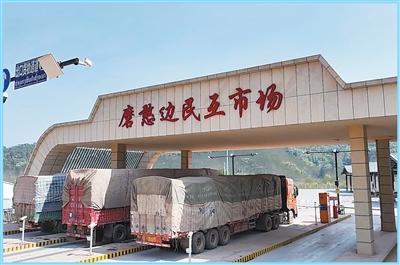
Photo shows a fruit export passage at the border trade market of Mohan port in southwest China's Yunnan Province. (Photo/Liu Jiawen)
Xiao opens a border-trade app on her phone and completes the declaration in a matter of seconds. Three years ago, the process was far more cumbersome: goods could only be declared when the person, the cargo, and all required documents were present in person. Border residents engaged in cross-border trade were required to present their ID cards and undergo fingerprint verification, a process that took at least two to three hours.
In Mohan, many border residents make their living through cross-border trade, mainly importing bananas and watermelons and exporting everyday consumer goods. To support them, Mohan town has established 12 specialized cooperatives dedicated to border trade.
The border trade app allows residents to complete declarations online using facial recognition, while cooperative members process the submitted applications. More than 7,000 border residents now use the app, about 68 percent of the town's registered residents.
Statistics show that in the first three quarters of this year, residents in Mohan traded nearly 1.19 million tonnes of goods across the border, with a total value exceeding 2.92 billion yuan.
Wool and cashmere shop thrives at Erenhot port, N China's Inner Mongolia
Altantsetseg runs a wool and cashmere shop in Erenhot, a city in north China's Inner Mongolia Autonomous Region. In 2017, the city established a dedicated border trade area at Erenhot port.

Altantsetseg arranges wool and cashmere at her store in Erenhot, north China's Inner Mongolia Autonomous Region. (People's Daily/Wu Yong)
The opening of the border trade area marked the start of her entrepreneurial journey. In 2018, Altantsetseg partnered with a friend who represented a Mongolian wool and cashmere company in China. Her friend handled sourcing in Mongolia, while Altantsetseg managed sales in Erenhot. Their business thrived, gradually expanding from retail to wholesale and wool and cashmere processing.
In 2023, Erenhot encouraged border traders to shift their businesses from the port to the downtown area, where transactions are more flexible and foot traffic is higher. It was during this transition that Altantsetseg opened her new shop.
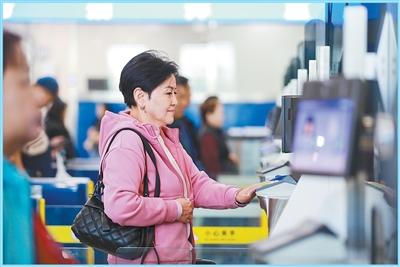
Travelers go through entry procedures at Erenhot port, north China's Inner Mongolia Autonomous Region. (Photo/Guo Pengjie)
The growth of border trade has opened up new pathways to prosperity for many residents along the border. When the border trade area first opened, it handled only fur products from Mongolia. Today, it offers more than 400 products from 15 countries. By the end of September this year, the total border trade volume at Erenhot port had exceeded 400 million yuan.
"In the past, only local residents could participate in border trade. Now, people from other regions can participate as well," said Song Liheng, a staff member at the border trade service center in Erenhot.
Altantsetseg explained, "Each border resident has a daily tax-free quota of 8,000 yuan. By pooling these quotas, we are able to run a larger, more efficient operation." Today, her team includes more than 200 border residents, and she owns three wool and cashmere shops in Erenhot.

Tel:86-10-65363107, 86-10-65368220, 86-10-65363106